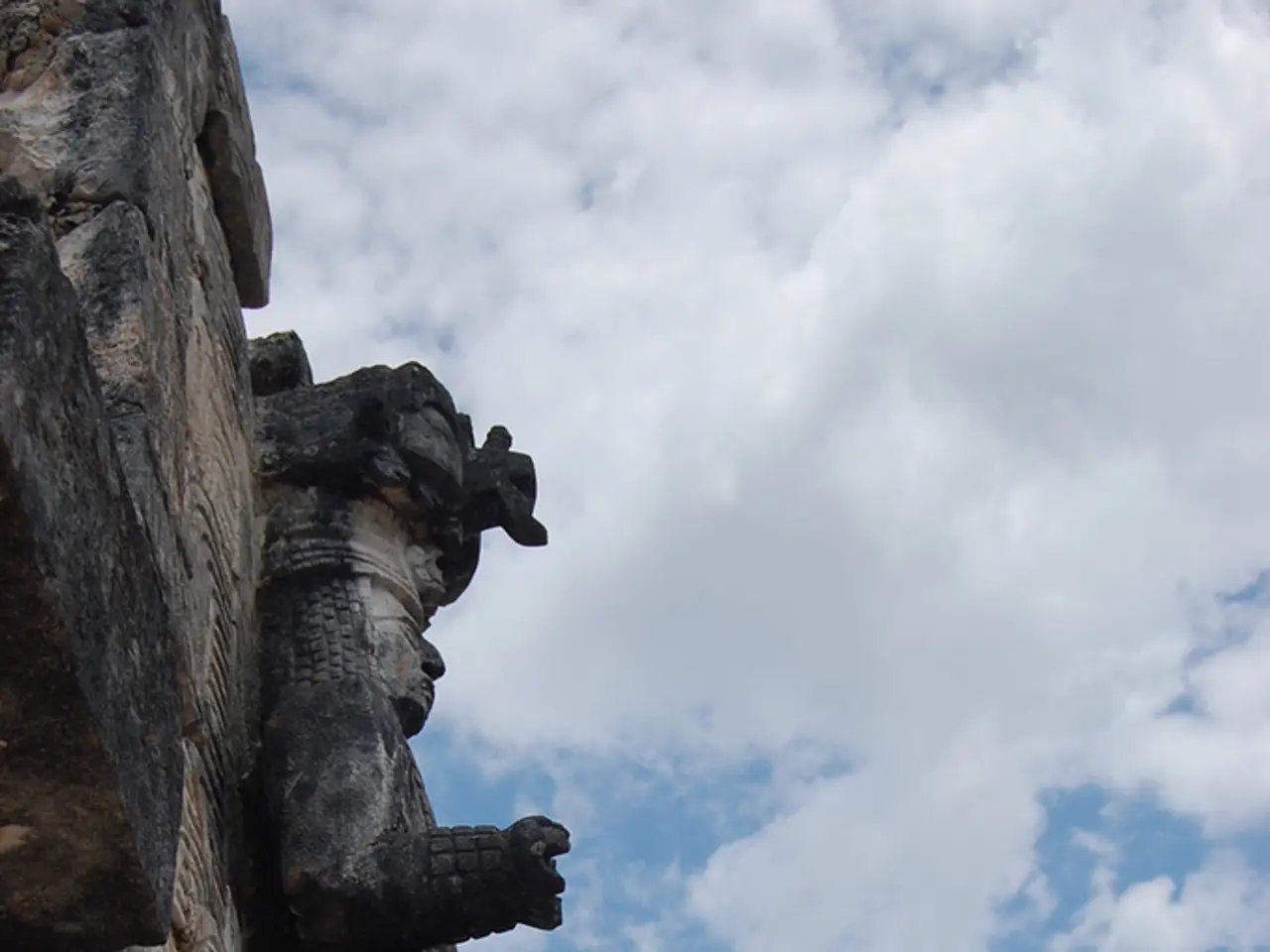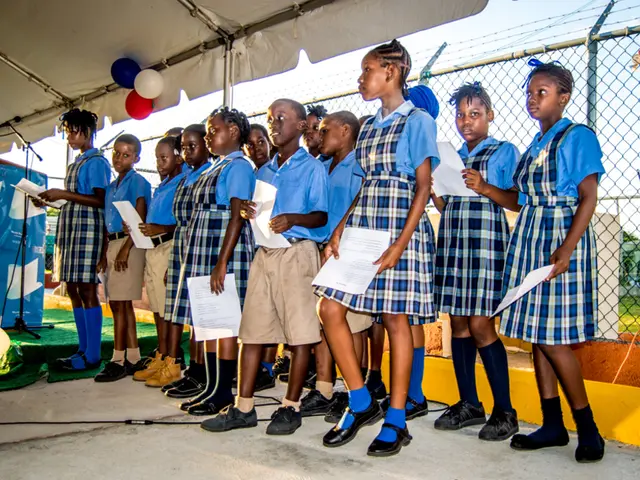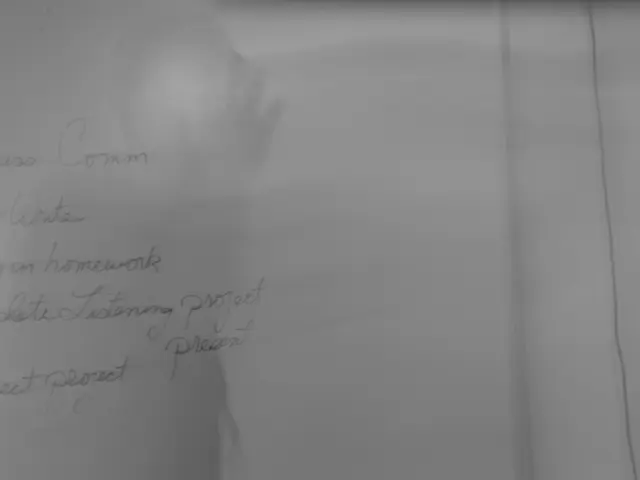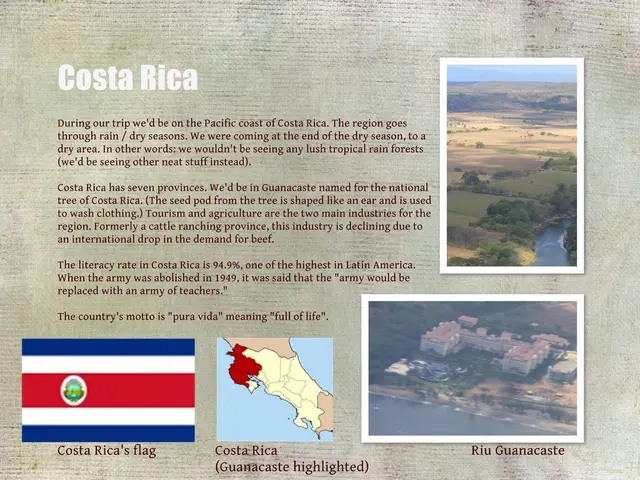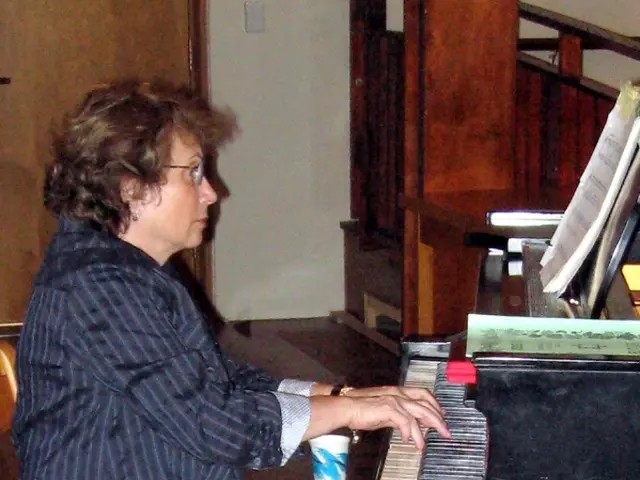Predicting Antiquated Futures: Harnessing Past Data with the Aid of AI for Time Travel-Like Predictions
In the realm of historical research, the future is here. Artificial Intelligence (AI) is rapidly becoming an indispensable tool, transforming the way we perceive and understand our past.
According to the Stanford AI Index Report 2025, the United States led global AI investment in 2024, with a staggering $109.1 billion. This investment dwarfs that of China, which allocated $9.3 billion, and the United Kingdom, with $4.5 billion, demonstrating a significant commitment to AI-driven advancements.
Modern AI frameworks, such as TensorFlow and PyTorch, large-scale data platforms like Apache Spark, and increasingly autonomous agentic AI systems are at the heart of these advances. AI's ability to merge satellite images, field surveys, archives, and sensor data into unified models provides a richer picture of historical and environmental contexts.
AI is often likened to a time traveler, analyzing data from the past and uncovering patterns that might be missed by humans. It serves as a digital archaeologist, not only preserving the past but also recovering long-hidden knowledge, supporting historical understanding and sustainable innovation.
AI's computer vision capabilities allow it to analyze photographs of artifacts, ruins, and old manuscripts, detecting fine details that the human eye might miss. For instance, the RePAIR project, led by the University of Bonn, uses AI and robotics to reassemble broken frescoes and pottery at sites like Pompeii.
AI's natural language processing (NLP) skills are equally impressive. It can read damaged or incomplete texts, recognize scripts, translate contextually, and reconstruct missing sections of manuscripts. AI-assisted analysis of paleoclimate records helps refine long-term climate models.
The role of AI in history, however, raises questions about accuracy, interpretation, and cultural responsibility. By treating AI as both a tool and a guide, scholars and societies can ensure that technology deepens our respect for history while offering lessons that remain vital for tomorrow.
AI can study ancient texts, artifacts, trade records, climate patterns, and forgotten archives to identify links and patterns. Machine learning and pattern recognition are used to link scattered pieces of evidence, such as grouping broken pottery shards by style or origin.
AI is also being used to decode ancient scripts, such as Linear A from Bronze Age Crete. Projects like LinkedEarth and NOAA-supported initiatives use these datasets to improve understanding of past climate cycles and support more informed forecasting.
AI can even create possible "what-if" scenarios, exploring paths history might have taken if certain knowledge had survived or different choices had been made. AI models, such as Long Short-Term Memory (LSTM) networks, transformers, Bayesian networks, Monte Carlo methods, and generative models, are used to model how history might have unfolded under different conditions.
Low-code tools now allow archaeologists and historians to design predictive experiments without extensive technical expertise. Machine learning is applied to satellite imagery and LiDAR scans in archaeology to identify undiscovered sites, achieving up to 80% accuracy in areas such as Mesopotamia.
Generative Adversarial Networks (GANs) have been applied to restore damaged Roman coins and other artifacts. Additional tools such as neural translation systems and image enhancement improve the quality of damaged records.
Generative models are used to reconstruct lost cultures and simulate ancient economies from incomplete data in archaeology. LiDAR technology, when used with AI, revealed over 60,000 hidden Mayan structures in northern Guatemala.
In conclusion, AI is revolutionizing historical research, offering new ways to explore and understand our past. By merging data from various sources, AI provides a more comprehensive view of history, uncovering patterns and connections that were previously unseen. As we continue to invest in and develop AI, we can look forward to a future where our understanding of history is deeper, richer, and more accessible than ever before.
Read also:
- Harnessing Crowdsourced Research for the Preservation of Australia's Enchanting Wildlife Species via SeadragonSearch
- Utilizing AI for Interview Preparation: Strategies and Techniques
- Latest News Digest: Highlights from the World of Data
- Conference: Artificial Intelligence in Scholarly Writing - Distinguishing Reality from Myth
